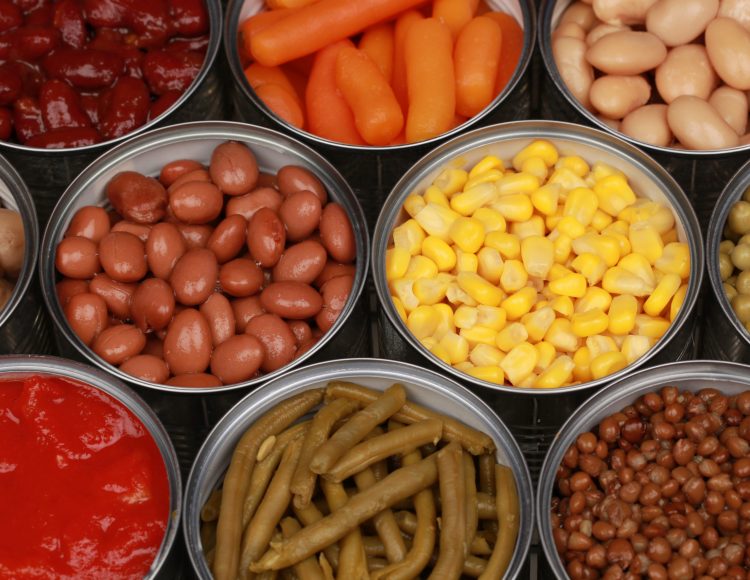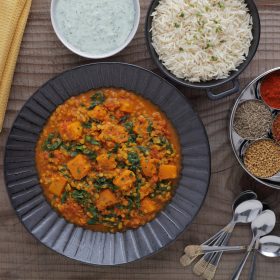It’s no secret that it’s important to pack our meals with plenty of fruit and vegetables, with five-a-day the recommended target for a full and balanced diet. If you’re currently minimising your trips to the supermarket, you may be considering getting these portions from cans of fruit and veg, rather than fresh produce. The longer shelf life of tinned products makes them easier to store and keep, allowing you more time in between visits to the shop. They can also often be half the price of frozen alternatives, a fifth of the cost of fresh options and are easier to prepare, due to being sliced, peeled and pre-cooked.
But do canned goods really do what it says on the tin when it comes to providing the nutrients and health benefits of their fresh counterparts?
We have good news – cans can indeed cut it!
Canning was invented to preserve food and keep it fresh and studies have shown the essential vitamins and important fibre components found in fruit and veg can be stored. In some cases, the nutritional content of fruit and veg might actually be improved by canning, as produce kept in a rack may lose a lot of their nutritional value before use. The canning process halts this decline and keeps those valuable vitamins stable. Researchers in the USA found that the vitamin A content in tinned carrots was 16% to (a whopping!) 50% higher compared to carrots sold in bags.
What about vitamin C?
We look to fruit and veg to provide the majority of our vitamin C. So, how do cans stack up in this way? Since tinned veg and fruit are heated, a straight comparison with fresh products may show that some of the vitamin C is lost, particularly from fruit such as raspberries and strawberries. However, when you compare cans to fresh produce which has been cooked at home, the vitamin C levels are much closer. The canned version’s levels may even be higher if the home veg has been laid in a cool room or cupboard for a while! It’s also good to bear in mind the daily recommended amount of vitamin C isn’t that much – only 40mg a day for an adult which is the equivalent of just one small tin of mandarin oranges or half a tin of blackcurrants.
How can you get the best from your cans and reach that five-a-day target?
We have some top tips:
- Buy canned fruit and veg in water or fruit juice, without added salt or sugar, and look for supermarket own-brand varieties which are usually the cheapest.
- Do you use tinned pulse beans, chickpeas or lentils? One portion of these counts as one of your five-a-day! We have a delicious Lentil and Roasted Squash Dhansak recipe that will give you two in the bag.
- You may not have considered buying tinned pumpkin, unless of course, you’re making pumpkin pie, but it makes a great substitution for the fresh version in soup! We love this Pumpkin Soup recipe from our recipe collection.
- You can even tick off one of your fve-a-day at breakfast. Tinned blackcurrants make a brilliant bircher topping or taste great with granola and yogurt. Why not try our Breakfast Compote which can easily be made with tinned fruit?
-
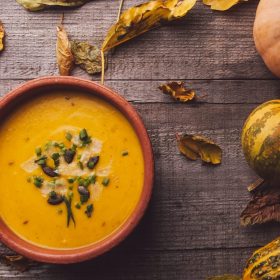
Soup
Pumpkin Soup
See recipe -
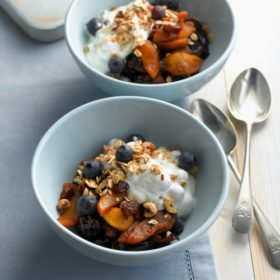
Breakfast, Snack
Breakfast Fruit Compote
See recipe
All canned fruit and veg count towards your five-a-day, including beans and lentils. However, when it comes to vitamin and mineral content, as well as fibre, some stand out above others for nutritional value.
To give you a head start when shopping, we’ve considered the nutritional value of supermarket cans, and taken into account how versatile these are as store cupboard ingredients to come up with a list of 10 recommended tinned fruit, veg and pulses.
So, next time you’re at the shops, stock up on these canned treasures and cook with confidence.
-
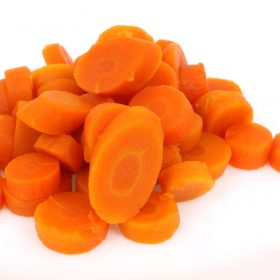
Carrots
-
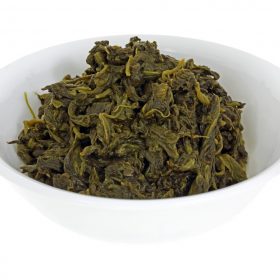
Spinach
-
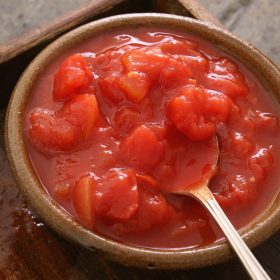
Canned tomatoes
-
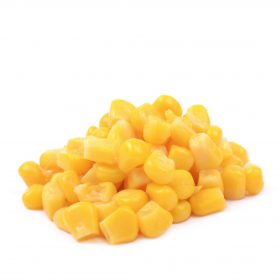
Sweetcorn
-
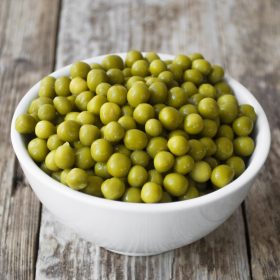
Peas
-
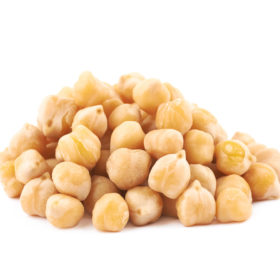
Beans and lentils ((including baked beans and chickpeas)
-
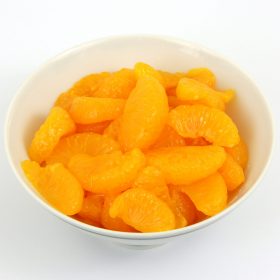
Mandarin oranges
-
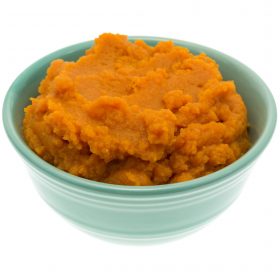
Pumpkin
-
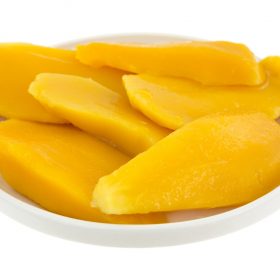
Mango
-
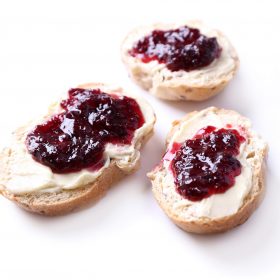
Blackcurrants

